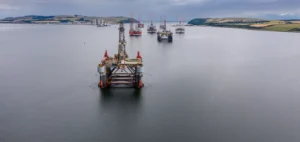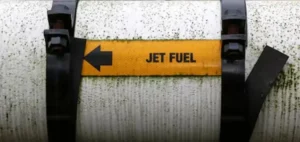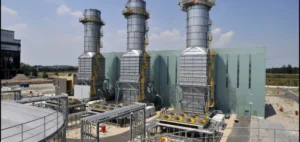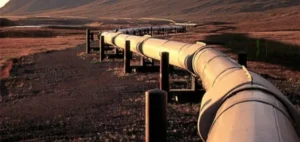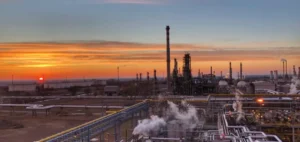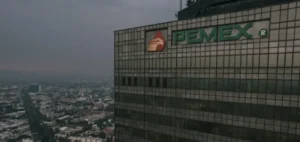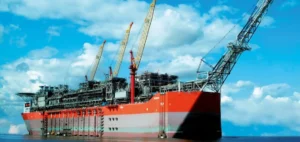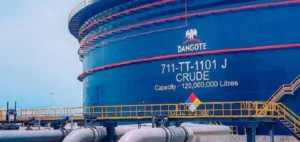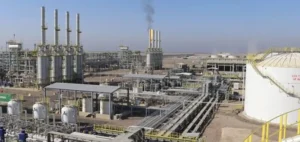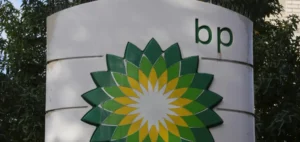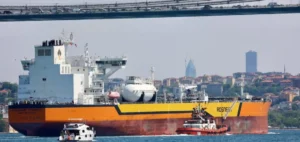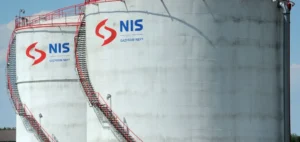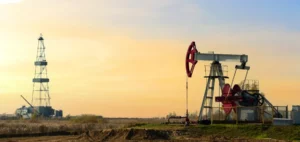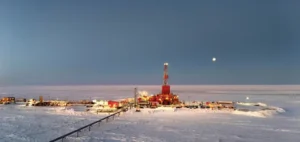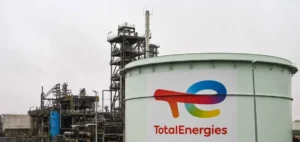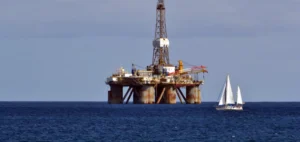The offshore drilling industry is seeing “extremely” strong demand for 6th and 7th generation rigs, with contract durations and day rates rising significantly. Jeremy Thigpen, CEO of Transocean, points to a significant increase in daily rates, which now reach over $500,000 for the most advanced equipment. However, contract signing processes slowed slightly compared with the previous year, due to the increased costs associated with more complex wells.
Contract dynamics and technological innovations
Long-term contracts continue to multiply, with some reaching up to 511 days, a sign of sustained demand despite the growing complexity of operations. This extension of durations is also conducive to investment in new technologies. Thigpen points to the adoption of technologies developed during the industrial slowdown caused by the pandemic, indicating a period of technological renewal thanks to more substantial financial commitments from customers.
Projections and long-term economic impact
Capital spending on new offshore facilities is expected to reach twelve-year highs by 2025, with a forecast of $130 billion in investments by 2027. These figures, according to Rystad Energy’s analysis, illustrate not only the vitality of the market, but also a projected 40% increase over 2023 levels. These investments will be crucial for the development of high-pressure fields such as Kaskida and Shenandoah in the Gulf of Mexico, as well as other international projects.
Implications for the future of the offshore market
Optimistic forecasts for the offshore drilling market point to strong demand over the coming years. Transocean and other major players are gearing up for a period of intense activity, with a fleet of platforms potentially depleted by upcoming contracts. This momentum is reinforced by the development of offshore drilling zones The offshore drilling industry continues to navigate an expanding market, driven by technological investment and forecasts of sustained growth. Analysis of current trends reveals a growth phase that could redefine offshore operations for decades to come.



